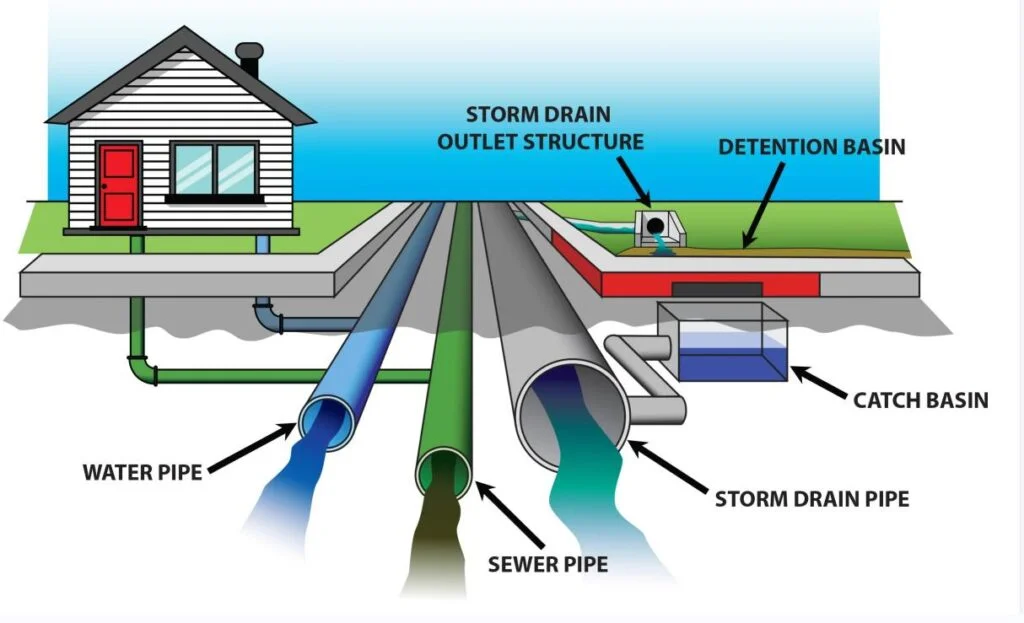The production of copper-clad steel tracing wire involves several key processes. Understanding these processes is essential for optimizing efficiency and quality.
Firstly, the manufacturing process begins with the selection of raw materials. High-quality steel and copper are essential for producing durable wire. Choosing the right materials ensures optimal performance in various applications.
Secondly, the steel core undergoes a cleaning process. This step removes any contaminants that could affect adhesion. A clean surface allows for better bonding between the copper and steel layers.
After cleaning, the steel wire is drawn to the desired diameter. Wire drawing involves pulling the steel through a series of dies. This process increases the wire’s strength and prepares it for cladding.
Once the steel wire is ready, the cladding process begins. The steel wire passes through a copper bath, where it receives a layer of copper. This process can be done using various methods, such as electroplating or mechanical cladding.
Then, electroplating involves applying an electric current to deposit copper onto the steel surface. This method provides a uniform layer of copper. It ensures excellent conductivity and corrosion resistance.
Mechanical cladding, on the other hand, uses pressure to bond copper to steel. This method can create a thicker copper layer. It is particularly useful in applications requiring enhanced conductivity.
After cladding, the wire undergoes a heat treatment process. This step improves the mechanical properties of the wire. Heat treatment enhances strength and flexibility, making the wire suitable for various environments.
Quality control is crucial throughout the production process. Regular testing ensures that the wire meets industry standards. This testing includes checking for conductivity, tensile strength, and corrosion resistance.
To optimize production, manufacturers can implement several strategies. One effective approach is to automate certain processes. Automation can increase efficiency and reduce labor costs.
Additionally, adopting advanced technologies can improve product quality. For example, using high-precision machinery can enhance the accuracy of wire dimensions. This precision leads to better performance in end-use applications.
Another optimization strategy involves reducing waste during production. Manufacturers can analyze their processes to identify areas where waste occurs. By minimizing waste, companies can lower costs and improve sustainability.
Furthermore, investing in employee training can enhance productivity. Well-trained workers can operate machinery more effectively and identify issues early. This proactive approach can prevent costly delays and defects.
Collaboration with suppliers is also vital for optimizing the production process. Strong relationships can ensure a consistent supply of high-quality raw materials. This consistency supports efficient manufacturing and high-quality output.
Besides, ongoing research and development will play a crucial role in production optimization. Innovations in materials and processes can lead to improved performance and sustainability. Staying at the forefront of technology will benefit manufacturers and end-users alike.
In conclusion, the production of copper-clad steel tracing wire involves several key steps, from raw material selection to quality control.
Shortly, optimizing these processes through automation, advanced technologies, and employee training can enhance efficiency and product quality.
By focusing on continuous improvement, manufacturers can meet the growing demand for high-performance tracing wire in various industries.

